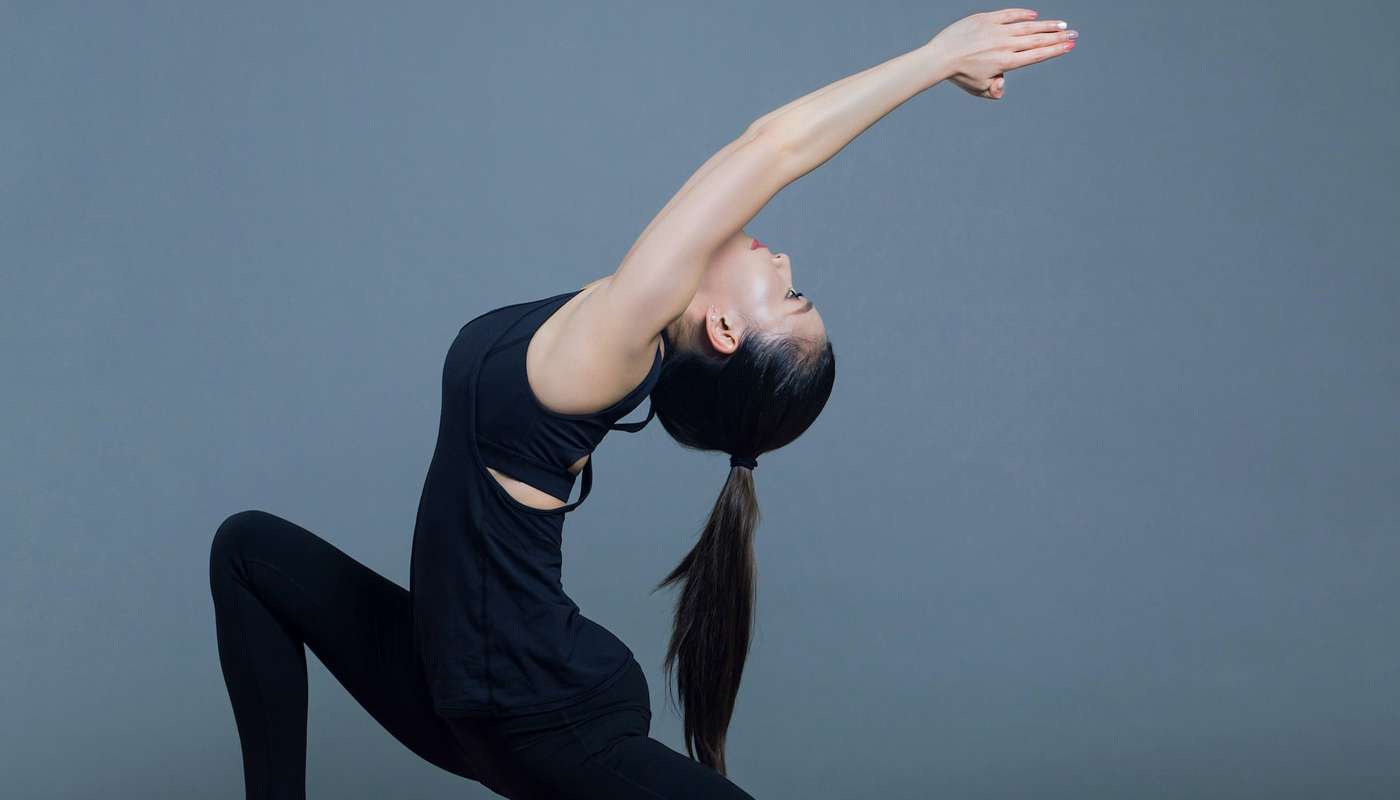- dr-tonypjoseph
- 0 Comments
Diabetes is a multi-factorial disorder essentially resulting from lack of proper exercise, inappropriate food habits etc. Modern day ‘stress’ only aggravates the challenge. In this context, addition of pranayama, yoga & meditation, simply called ‘yogic practices’, to the daily regimen is a step in the right direction. This is not to discount the daily walk. Let us include yogic practices to the daily walk and beat diabetes.
Some of the important yoga asasnas for diabtes individuals are given below with step-by-step guide.
Dhanurasana

Steps
- Lie down on your stomach with your feet slightly apart, almost parallel to your hips, and place your arms on the side of your body.
- Slowly, fold your knees up and hold your ankles with your hands.
- Breathe in and lift your chest off the ground and pull your legs up and stretch it out. You should feel the stretch on your arms and thighs.
- Hold the pose for 12-15 seconds, paying attention to your breath as you take long, deep ones.
- Slowly bring your chest and legs back to the ground, release your hold on the ankles, and relax with your hands on the side. Repeat for a few sets.
Benefits
- Strengthens the back and abdominal muscles
- Opens up the chest, neck and shoulders
- Tones the leg and arm muscles
- Adds greater flexibility to the back
- Good stress and fatigue buster
Paschimottanasana

Steps
- stretching in front of you. keep your head neck and spine erect.
- Place the palms on your respective knees.
- Now bend your head and trunk slowly forward to catch the toes with the thumb, index and middle fingers without bending knees.
- Take a deep breath and exhale slowly.
- Try to touch your head to your both knees as shown in above image.
- Bend the arm and try to touch the elbow on the floor.
- Exhale completely and holding out your breath stay in this posture for a few seconds.
- After few seconds slowly return to your starting position.
breathe normally. - Repeat this for 3-4 times.
Benefits
- Sit down straight with your legs together by Stretches lower back, hamstrings and hips.
- Massages and tones the abdominal and pelvic organs.
- Tones the shoulders.
Dhanurasana

Steps
- Lie down on your stomach with your feet slightly apart, almost parallel to your hips, and place your arms on the side of your body.
- Slowly, fold your knees up and hold your ankles with your hands.
- Breathe in and lift your chest off the ground and pull your legs up and stretch it out. You should feel the stretch on your arms and thighs.
- Hold the pose for 12-15 seconds, paying attention to your breath as you take long, deep ones.
- Slowly bring your chest and legs back to the ground, release your hold on the ankles, and relax with your hands on the side. Repeat for a few sets.
Benefits
- Strengthens the back and abdominal muscles
- Opens up the chest, neck and shoulders
- Tones the leg and arm muscles
- Adds greater flexibility to the back
- Good stress and fatigue buster
Supta Matsyendrasana

Steps
- Lie on your back with your arms stretched horizontally out to the sides in line with the shoulders.
- Extend your left leg out in front of you and bend your right knee, hugging it into your chest.
- Inhale, and on an exhale slowly cross your right knee over your midline and onto the floor on the left side of your body. Turn your head to the right and look at your right palm.
- Make sure that both of your shoulder blades are touching the ground, even if that means your knee does not fully touch the floor. While twisting, there is a tendency for one shoulder blade to lift off of the ground.
- Feel the stretch in your thighs, groin, arms, neck, stomach and back as you hold the pose. With each exhalation, relax deeper into the pose.
Hold for several minutes. - Slowly turn your head back to the center and straighten your torso and legs.
- Repeat the pose on your left side.
Benefits
- Stretches the spine and quadriceps
- Massages the back and hips
- Lengthens, strengthens, and realigns the spine
- Encourages fresh blood flow to the internal organs
- Improves digestion
- Provides deep relaxation
Note: People with Spinal, knee or hip injury should avoid this asana
Shavasana

Steps
- Lie flat on your back, like our sleeping pose.
- Legs should be separated.
- Keep your arms at your side and your palms facing up. Just relax.
- Close your eyes and breathe deeply and slowly through the nostrils.
- Start concentrating from your head to your feet. This means you are consciously relaxing your each part of the body. Don’t move ahead without relaxing particular part of the body.
- On each inhaling and exhaling (breathing) think that your body is totally relaxed. Let your tension, stress, depression and worry run away on each exhaling.
- Those having good concentrations can practice for a long time and others can practice for 3-5 minutes.
Benefits
- This posture brings a deep, meditative state of rest, which may help in the repair of tissues and cells, and in releasing stress.
- This posture leaves you in a state of rejuvenation.
- It helps reduce blood pressure, anxiety, and insomnia.
Kapalbhati

Steps
- Sit comfortably with your spine erect. Place your hands on the knees with palms open to the sky.
- Take a deep breath in.
- As you exhale, pull your stomach. Pull your navel in back towards the spine. Do as much as you comfortably can. You may keep your right hand on the stomach to feel the abdominal muscles contract.
- As you relax the navel and abdomen, the breath flows into your lungs automatically.
- Take 20 such breaths to complete one round of Kapal Bhati Pranayama.
- After completing the round, relax with your eyes closed and observe the sensations in your body.
- Do two more rounds of Kapal Bhati Pranayama.
Benefits
- Increases the metabolic rate and aids in weight loss
- Stimulates abdominal organs and thus is extremely useful to those with diabetes
- Improves blood circulation and adds radiance to the face
